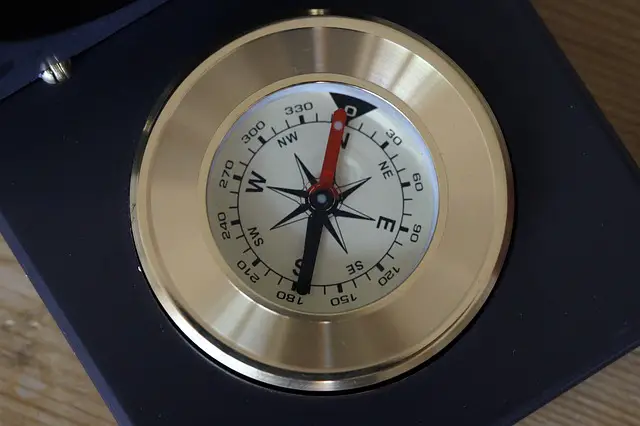Orienteering, as an exciting outdoor adventure activity, requires one vital tool: a good orienteering compass. This invaluable partner doesn’t just point north; it becomes your guide through unfamiliar terrains, ensuring you’re never misled or lost. But what makes a compass good for orienteering? The answer lies in its two crucial arrows – the directional arrow (also known as the index pointer) and the orienting arrow.
What is Orienteering?
Before delving into the details of the two arrows, let’s take a moment to understand what orienteering is. Orienteering is an exciting and challenging outdoor sport that exercises both the mind and the body. It involves navigating through unknown terrains using a detailed map and a special compass. Essentially, it’s a race against the clock with the added challenge of navigation.
The Importance of an Orienteering Compass
A compass is integral to orienteering. It helps orienteers decide their route by providing a constant reference of their cardinal direction. The compass used in orienteering differs from standard compasses as it has features designed explicitly for use with a map.
So, why are the two arrows so important?
A good orienteering compass is equipped with two distinct arrows: the directional arrow (also known as the index pointer) and the orienting arrow. Understanding the role of each arrow is crucial in making an informed decision while on the terrain.
The Directional Arrow
The directional arrow, or the index pointer, is a vital component of a compass. It points towards the direction you want to travel. When calculating a bearing or setting a course, this is the arrow that you align with the target on your map.
Why is the directional arrow essential?
The importance of the directional arrow cannot be understated. It allows orienteers to determine their intended course accurately, ensuring they don’t stray off path. Without it, the compass would just give a general sense of direction, but not a specific course.
The Orienting Arrow
The orienting arrow, on the other hand, serves a different purpose. This arrow is usually a hollow red arrow located inside the compass housing. Its purpose is to align with North on your map, providing the reference direction against which all other bearings can be set.
Why is the orienting arrow important?
The role of the orienting arrow is to provide a constant sense of North. When you’re navigating in a challenging terrain, this constant reference can make all the difference between heading in the correct direction and being lost.
In conclusion, an orienteering compass is much more than a tool that points north. It becomes your guide, helping you make accurate and informed decisions throughout your journey. At the heart of this tool are two critical arrows: the directional arrow and the orienting arrow. Truly understanding their functionalities and implications can greatly enhance your orienteering skills, turning what might otherwise be a confusing trek into a satisfying outdoor adventure.




